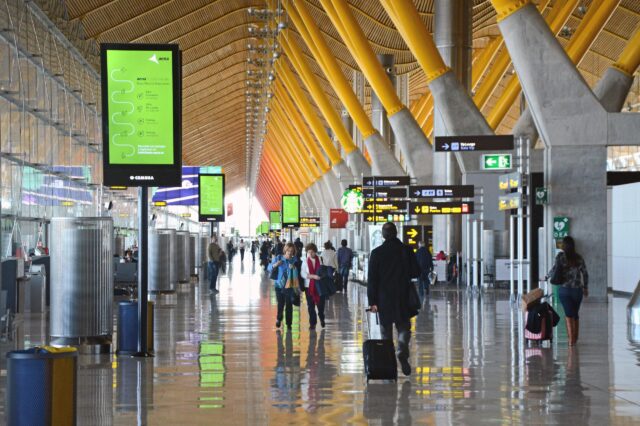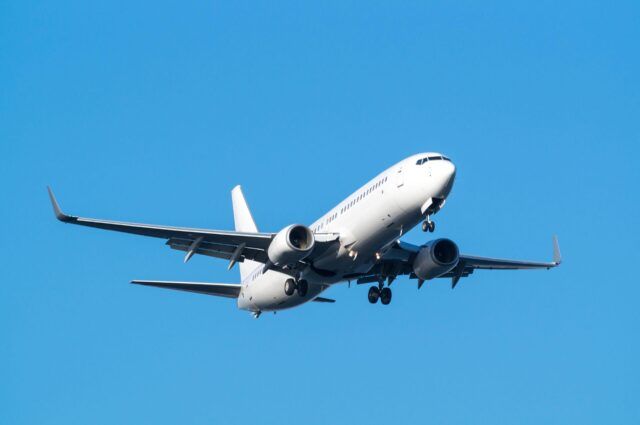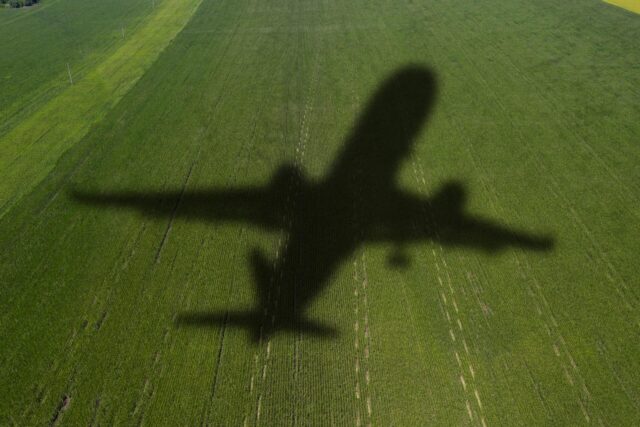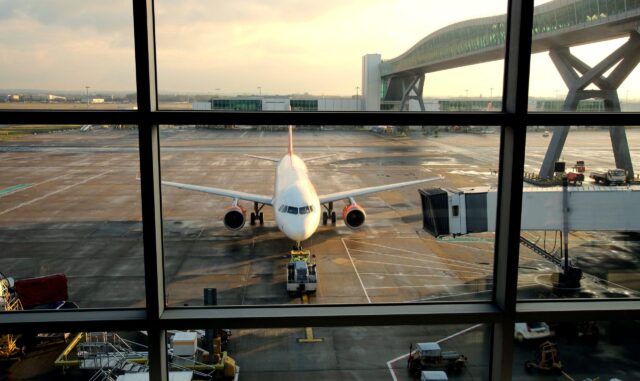Indian Armed Forces launched ‘Operation Sindoor’ against Pakistan
May 8, 2025

Five armed militants murdered 24 Hindu tourists in the so-called 2025 Pahalgam attack, as well as a single Christian and a local Muslim pony ride operator who tried to wrestle a gun from the attackers.
The militants singled out the men and asked their names and religion, forcing some to recite the Islamic kalima, a Muslim declaration of faith, and asking others to lower their trousers, to identify the non-Muslims, who were then shot in the head at point blank range. Some newlywed husbands were executed in front of their new brides.
Indian authorities linked the Pahalgam attack to Pakistan, and an investigation found that the attack had been directed by senior operatives of Pakistan’s intelligence agency, the Inter-Services Intelligence (ISI).
India suspended the Indus Waters Treaty with Pakistan, closed the main border crossing between the two countries, instituted a travel ban on all Pakistani nationals, cancelled visas, and expelled Pakistani military advisers at the High Commission of Pakistan in New Delhi, while withdrawing its own military staff in Islamabad.
Despite having the right to review or suspend the Indus Waters Treaty in response to hostile actions, India had never previously unilaterally withdrawn from it, even after earlier terrorist attacks, until now. With the treaty suspended, Pakistan will face a serious water crisis.
The Indian Army gave limited clearance for the operation of its grounded HAL Dhruv helicopter fleet to allow them to participate in counterterrorism operations, on 23 April. On the night of 24/ 25 April, Indian and Pakistani troops skirmished and exchanged small arms fire along the line of control. After a period of localised anti-terror operations, India launched Operation Sindoor on 7 May, targeting terrorist and civilian infrastructure across nine locations in Pakistan and Pakistan-administered Jammu and Kashmir.
India said that its actions had been “focused, measured and non-escalatory in nature,” and that “No Pakistani military facilities had been targeted.” This showed that “India had demonstrated considerable restraint in selection of targets and method of execution.”
Pakistan claimed it shot down five Indian Air Force aircraft during the operation, while other sources suggested that there may have been one, two or three IAF losses. One report even suggested that five Rafales alone had been shot down! Reuters reported that the five Indian fighter losses included three Rafales and single examples of the Su-30MKI and MiG-29UPG, while other sources listed a single Rafale downed near Akalla Kallan, a Mirage 2000 at Wuyan and an Su-30MKI or MiG-29UPG near Akhnoor.
Photos and/or video has emerged apparently showing the wreckage of two IAF fighters.
The remains of a Rafale EH (actually the first Indian Rafale single seater, BS001) were photographed at Akalia Kalan, 22 km north of the airbase at Bathinda (home of the IAF’s NETRA AEW aircraft and various UAVs). The wreckage included an M88 engine, a MICA missile (still on its launch rail) and a large portion of the fin and rudder, bearing the serial, the word ‘RAFALE’ and the saffron, white and green IAF fin flash. It likely came from Ambala, 200 km east, the home of No.17 Squadron (‘Golden Arrows’). India’s other Rafale unit, No.101 Squadron (‘Falcons’) is based at Hashimara on the border with Bhutan.
Unidentified wreckage, including a single Russian-made K-36DM ejection seat was photographed in the Ramban district of Jammu and Kashmir. This could tie in with reports of the downed Su-30MKI or MiG-29UPG near Akhnoor – a town in Ramban. Reuters reported that an Indian pilot was injured and taken to a nearby hospital when his aircraft crashed “somewhere in Jammu and Kashmir.” A single pilot and a single ejection seat would point towards a MiG-29UPG being the type involved.
The MiG-29UPGs of No.223 Squadron (‘Tridents’) are based at Srinigar, about 250 km north of Akhnoor, while No.47 Squadron (‘Black Archers’) are based at Adampur, about 220 km south.
Reports have suggested that the IAF fighters may have been shot down by very long range Chinese PL-15 air to air missiles fired by J-10Cs or JF-17Cs, perhaps using mid-course guidance updates provided by Saab 2000 Erieye aircraft. This would appear to be the first time that the PL-15 has been used In combat.
Pakistan claimed to have retaliated with its own strikes, but no details of these were given. They did include shelling of Indian-administered Kashmir from the Pakistani side of the border. Further action has been piecemeal and at a relatively low level, and Pakistan undertook not to take any “irresponsible action” if India “does not further escalate.”
‘Tit for tat’ drone and missile strikes appear to have been undertaken, but there have been no further major attacks.
Pakistan’s airspace was briefly closed to civilian traffic, forcing airliners to use alternative routes, and in some cases to divert, while some local flights were cancelled.
Indigo, for example, announced that: “Due to airspace restrictions, over 165 IndiGo flights from multiple airports (Amritsar, Bikaner, Chandigarh, Dharamshala, Gwalior, Jammu, Jodhpur, Kishangarh, Leh, Rajkot and Srinagar) are cancelled until 0529 hrs. IST of May 10, 2025.”
















